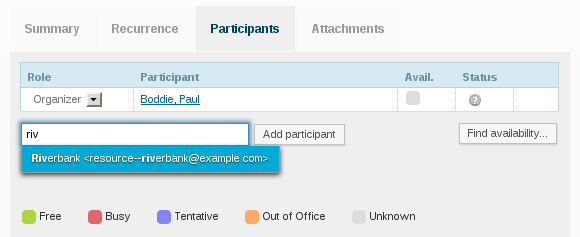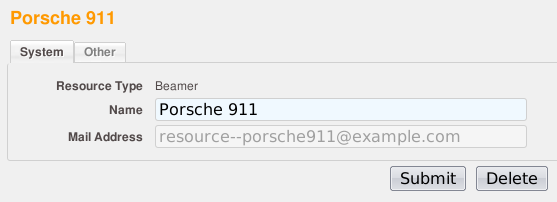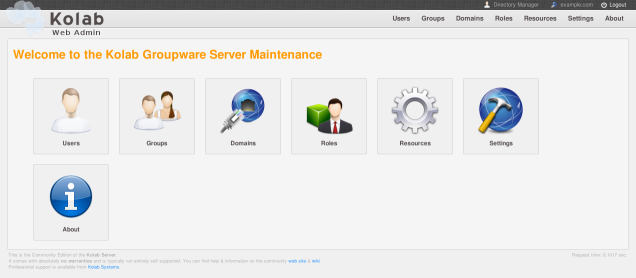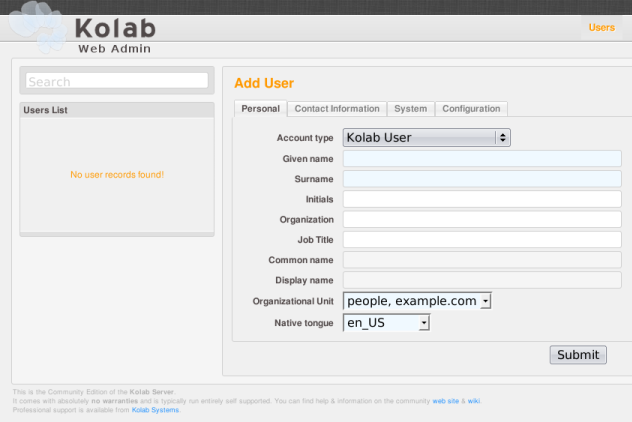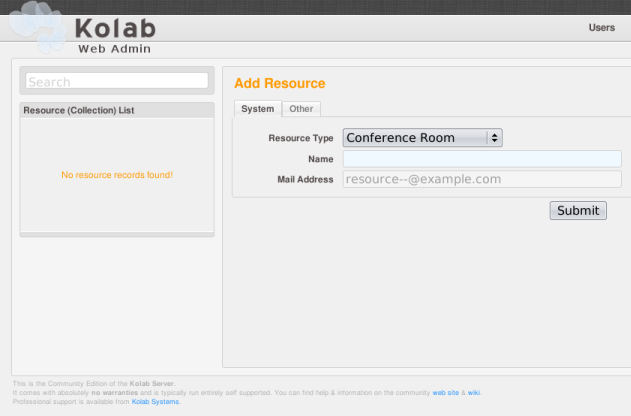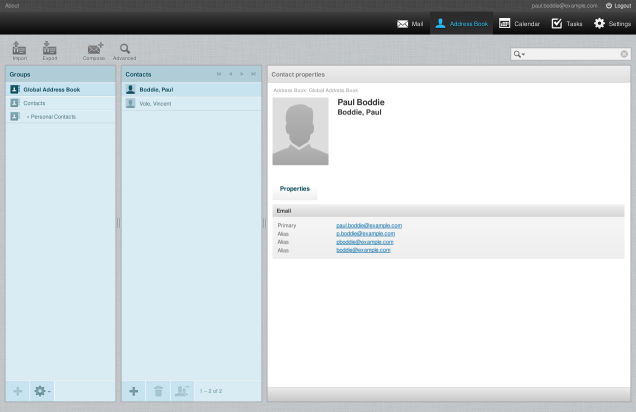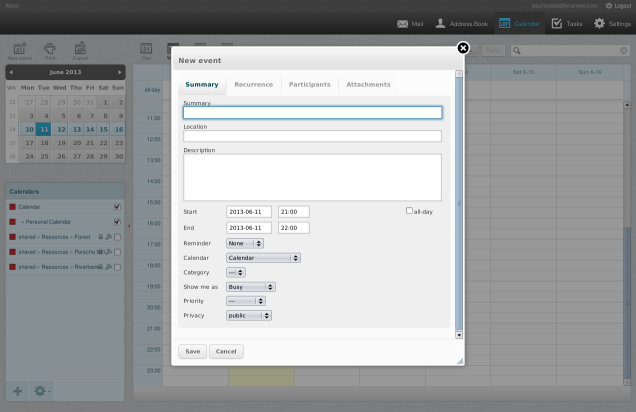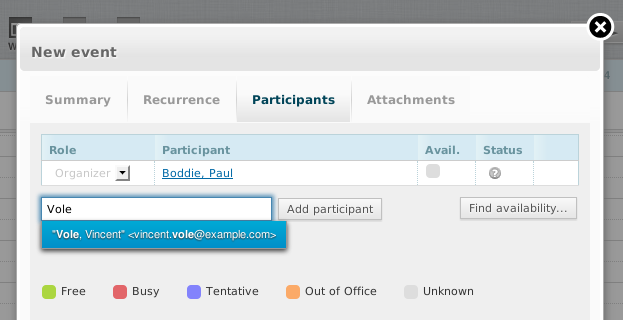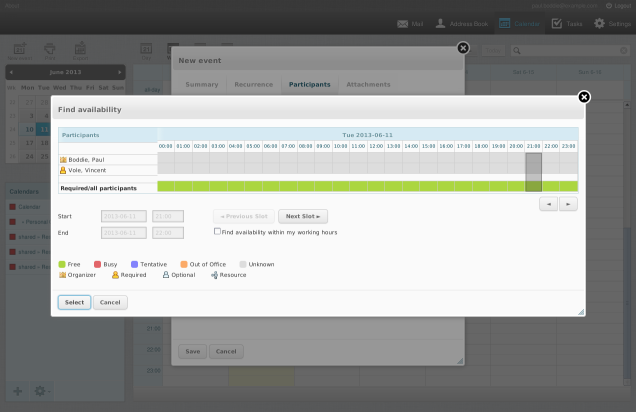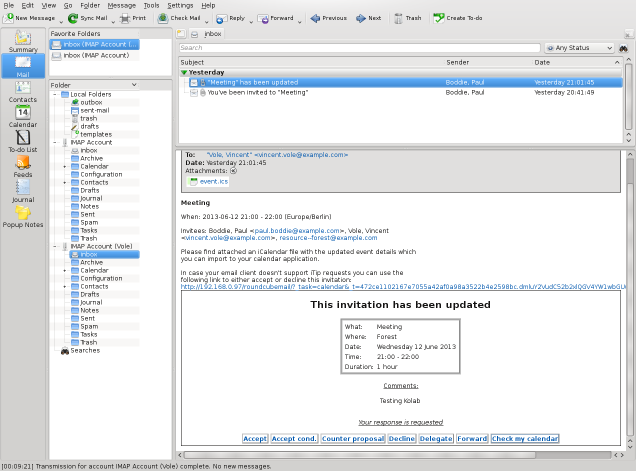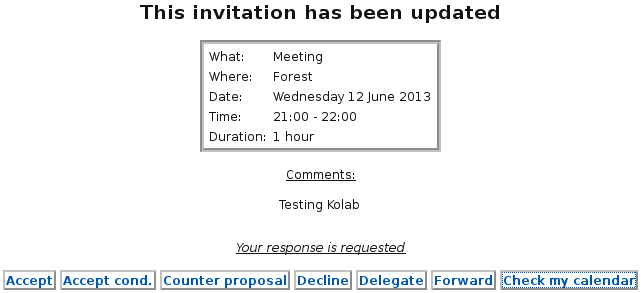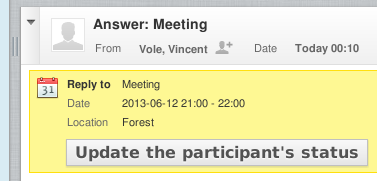Once upon a time, back in the microcomputer era, if you were a reputable institution and were looking to acquire software it was likely that you would end up buying proprietary software, mostly because Free Software was not a particularly widely-known concept, and partly because any “public domain” or “freeware” programs probably didn’t give you or your superiors much confidence about the quality or maintenance of those programs, although there were notable exceptions on some platforms (some of which are now Free Software). As computers became more numerous, programs would be used on more and more computers, and producers would take exception to their customers buying a single “copy” and then using it on many computers simultaneously.
In order to avoid arguments about common expectations of reasonable use – if you could copy a program onto many floppy disks and run that program on many computers at once, there was obviously no physical restriction on the use of copies and thus no apparent need to buy “official” copies when your computer could make them for you – and in order to avoid needing to engage in protracted explanations of copyright law to people for whom such law might seem counter-intuitive or nonsensical, the concept of the “site licence” was born: instead of having to pay for one hundred official copies of a product, presumably consisting of one hundred disks in one hundred boxes with one hundred manuals, at one hundred times the list price of the product, an institution would buy a site licence for up to one hundred computers (or perhaps as many as the institution has, betting on the improbability that the institution will grow tenfold, say) and pay somewhat less than one hundred times the original price, although perhaps still a multiple of ten of that price.
Thus, the customer got the vendor off their back, the vendor still got more or less what they thought was a fair price, and everyone was happy. At least that is how it all seemed.
The Physical Discount Store
Now, because of the apparent compromise made by the vendor – that the customer might be paying somewhat less per copy – the notion of the “volume licence” or “bulk discount” arose: suddenly, software licences start to superficially resemble commodities and people start to think of them just like they do when they buy other things in bulk. Indeed, in the retail sector the average person became aware of the concept of bulk purchasing with the introduction of cash and carry stores, discount stores, and so on: the larger the volume of goods passing through those channels, the bigger the discounts on those goods.
Now, economies of scale exist throughout modern commerce and often for good reason: any fixed costs (or costs largely insensitive to the scale of output) in production and distribution can be diluted by an increased number of units produced and shipped, making the total per-unit cost less; commitments to larger purchases, potentially over a longer period of time, can also provide stability to producers and suppliers and encourage mutually-beneficial and lasting relationships throughout the supply chain. A thorough treatment of this topic is clearly beyond a blog post, but it is worthwhile to briefly explore how savings arise and how discounts are made.
Let us consider a producer whose factory can produce at most a million units of a product every year, it may not seek to utilise this capacity if it cannot be sure that all units will be sold: excess inventory may incur warehouse costs and also result in an uncompetitive product going unsold or needing to be heavily discounted in order to empty those warehouses and make room for more competitive stock. Moreover, the producer may need to reconsider their employment levels if the demand varies significantly, which in some places incurs significant costs both in reduction and expansion. Adding manufacturing capability might not be as easy as finding a spare factory, either. All this additional flexibility is expensive for producers.
However, if a large, well-known retailer like Wal-Mart or Tesco (to name but two that come to mind immediately) comes along and commits to buying most or all of the production, a producer now has more certainty that the inventory will be sold and that it will not be paying people to do nothing or to suddenly have to change production lines to make new products, and so on. Even things like product variations can be minimised by having a single customer or few customers, and this reduces costs for the producer still further. Naturally, Wal-Mart would expect some of the savings to be passed on to them, and so this relationship benefits both parties. (It also produces a potential discount to be passed on to retail customers who may not be buying in bulk after all, but that is another matter.)
The Software Discount Store?
For software, even though the costs of replication have been driven close to nothing, the production of software certainly has a significant fixed cost: the work required to develop a viable product in the first place. Let us say that an organisation wishes to make and sell a non-niche product but needs to employ fifty people for two years to do so (although this would have been almost biblical levels of manpower for some successful software companies in the era of the microcomputer); thus one hundred person-years are invested in development. To just remain in business while selling “copies” of the software, one might need to sell one hundred thousand individual copies. That is if the company wants to just sell “licences” and not do things like services, consulting, paid support, and so on.
Now, the cost of each copy can be adjusted according to the number of sales. If things go better than expected, the prices could be lowered because the company will cover its costs more quickly than anticipated, but they may also raise the prices to take advantage of the desirability of the product. If things go worse than expected, the prices might be raised to bring in more revenue per sale, but such pricing decisions also have to consider the customer reaction where an increased price turns away customers who can no longer justify the expense. In some cases, however, raising the price might make the product seem more valuable and make it more attractive to potential customers, despite the initial lack of interest from such customers.
So, can one talk about economies of scale with regard to software as if it were a physical product or commodity? Not really. The days of needing to get more disks from the duplicator, more manuals from the printer, and to send more boxes to distributors are over, leaving the bulk of the expense in employing people to get the software written. And all those people developing the product are not producing more units by writing more code or spending more time in the office. One can argue that by adding more features they are generating more sales, but it is doubtful that the relationship between features and sales is so well defined: after a while, a lot of the new features will be superfluous for all but “power users”. One can also argue that by adding more features they are making the product seem more valuable, and so a higher price can be justified. To an extent this may be the case, but the relationship between price and sales is not always so well defined, either (despite attempts to do so). But certainly, you do not need to increase your “production capacity” to fulfil a sales need: whether you make one hundred or one million sales (or generate a tenth of or ten times the anticipated revenue) is probably largely independent of how many people were hired to write the code.
But does it make sense to consider bulk purchasing of software as a way of achieving savings? Not really. Unlike physical production, there is no real limit to how many units are sold to customers, and so beyond a certain threshold demanded by profitability, there is no need for anyone to commit to purchasing a certain number of units. Especially now that a physical component of a software product is unlikely to be provided in any transaction – the software is downloaded, the manual is downloaded, there is no “retail box”, no truck arriving at the customer, no fork-lift offloading pallets of the product – there is also no inventory sitting in a warehouse going unsold. It might be nice if someone paid a large sum of money so that the developers could keep working on the product and not have to be moved to some other project, but the constraints of physical products do not apply so readily here.
Who Benefits from Volume Licensing?
It might be said, then, that the “economies of scale” argument starts to break down when software is considered. Producers can more or less increase supply at will and at a relatively low cost, and they need only consider demand in order to break even. Beyond that point, everything is more or less profit and they deliver units at no risk to themselves. Certainly, a producer could use this to price their products aggressively and to pass on considerable savings to customers, but they have no obligation and arguably little inclination to do so for profitability reasons alone. Indeed, they probably want to finance new products and therefore need the money.
When purchasers of physical goods choose to buy in bulk, they do so to get access to savings passed on by the producer, and for some categories of products the practice of committing larger sums of money to larger purchases carries little risk. For example, an organisation might buy a larger quantity of toilet paper than it normally would – even to the point of some administrator complaining that “this must be more than we really need!” – and as long as the organisation had space to store it, it would surely be used over time with very little money wasted as a result.
But for software, any savings passed on by the producer are more discretionary than genuine products of commerce, and there is a real risk of buying “more than we really need”: a licence for an office application will not get “used up” when someone has “reached the end” of another licence; overspending on such capacity is just throwing money away. It is simply not in the purchaser’s interest to buy too many licences.
Now, software producers have realised that their customers are sensitive to this issue. Presumably, the notion of the site licence or “volume licensing” arose fairly quickly: some customers may have indicated that their needs were not so well-defined that they could say that they needed precisely one hundred copies of a product, and besides, their computer users might not have all been using the software at the same time, and so it might not make sense to provide everyone with a copy of a program when they could pass the disks around (or in later times use “floating licences”). So, producers want customers to feel that they are getting value for money and not spending too much, and thus the site licence was presumably offered as a way of stopping them from just buying exactly what they need, instead getting them to spend a bit more than they might like, but perhaps a bit less than they would need to if money were no object and per-unit pricing was the only thing on offer. (The other way of influencing the customer is, of course, the threat of audits by aggressive proprietary software organisations, but that is another matter.)
Regardless of the theory and the mechanisms involved, do customers benefit from site licences? Well, if they spend less on a site licence than they do on the list price of a product multiplied by the number of active users of that product, then they at least benefit from savings on the licensing fees, certainly. However, there are other factors involved, introducing other broader costs, that we will return to in a moment.
Do producers benefit from site licences? Almost certainly. They allow companies to opportunistically increase revenue by inviting customers to spend a bit more for “peace of mind” and convenience of administration (no more having to track all by yourself who is using which product and whether too many people are doing so because a “helpful” company will take care of it for you). If such a thing did not exist, customers would probably choose to act conservatively and more closely review their purchases. (Or they might just choose to embrace Free Software instead, of course.)
All You Won’t Eat
But it is the matter of what the customer needs that should interest us here. If customers did need to review their purchases more closely, they might find it hard to justify spending large sums on volume licences. After all, not everyone might be in need of some product that can theoretically be rolled out to everyone. Indeed, some people might prefer another product instead: it might be much more appropriate for their kind of work, or it might work better on their platform (or even actually work on their platform where the already-bought product does not).
And where the organisation’s purse strings are loosened when buying a site licence for a product in the first instance, the organisation may not be so forthcoming with finance to acquire other products in the same domain, even if there are genuine reasons for doing so. “You already have an office program you can use; why do you want us to buy another?” Suddenly, instead of creating opportunities, volume licensing eliminates them: if the realm of physical products worked like this, Tesco would offer only one brand of toilet paper and perhaps not even a particularly pleasant one at that!
But it doesn’t stop there. Some vendors bundle products together in volume licensing deals. “Why not indulge yourself with a package of products featuring the ones you want together with some you might like?” This is what customers are made to ask themselves. Suddenly, the justification for acquiring a superior product from a competitor of the volume licensing provider is subject to scrutiny. “You already have access to an intranet solution; why do you want us to spend time and money on another?” And so the supposedly generous site licence becomes a mechanism to rein in spending and even the mere usage of alternatives (which may be Free Software acquired at no cost), all because the acquisition cost of things that people are not already actively using are wrongly perceived as being “free”. “Just take advantage of the site licence!” is what people are told, and even if the alternatives are zero cost, the pressure will still be brought to bear because “we paid for things we could use, so let’s use them!”
And the Winner is…
With such blinkered thinking the customer can no longer sensibly exercise choice: it becomes too easy to constrain an organisation’s strategy based on what else is in the lucky dip of products included in the multiple product volume licensing programme. Once one has bought into such a scheme, there is a disincentive to look elsewhere for other solutions, and soon every need to be satisfied become phrased in terms of the solutions an organisation has already “bought”. Need an e-mail system? The solution now has to be phrased in terms of a single vendor’s product that “we already have”. And when such extra purchases merely add to proprietary infrastructure with proprietary dependencies, that supposedly generous site licence is nothing but bait on the end of the vendor’s fishing line.
We know who the real winner is here. The real loser is anyone having to compete with such schemes, especially anyone using open standards in their products, particularly anyone delivering Free Software using open standards. Because once people have paid good money for something, they will defend that “investment” even when it makes no real sense: this is basic human psychology at work. But the customer is the loser, too: what once seemed like a good deal will just result in them throwing good money after bad, telling themselves that it’s the volume of usage – the chance to sample everything at the “all you can eat” buffet – that makes it a “good investment”, never mind that some of the food at the buffet is unhealthy, poor quality, or may even make people ill.
The customer becomes increasingly “locked in”, unable to consider alternatives. The competition becomes “locked out”, unable to persuade the customer to migrate to open-standards-based solutions or indeed anything else, because even if the customer recognised their dependency on their existing vendor, the cost of undoing the mess might well be less predictable and less palatable than a subscription fee to that “preferred” vendor, appearing as an uncomfortably noticeable entry in the accounts that might indicate strategic ineptitude or wrongdoing – that a mistake has been made – which would be difficult to acknowledge and tempting to conceal. But when the outcome of taking such uncomfortable remedial measures would be lower costs, truly interoperable systems and vastly increased choice, it would be the right thing to do.
One might be tempted to just sit back and watch all this unfold, especially if one has no connection with any of the organisations involved and if the competition consists only of a bunch of proprietary software vendors. But remember this: when the customer is spending your tax money, you are the loser, too. And then you have to wonder who apart from the “preferred” vendor benefits from making you part of the losing team.
